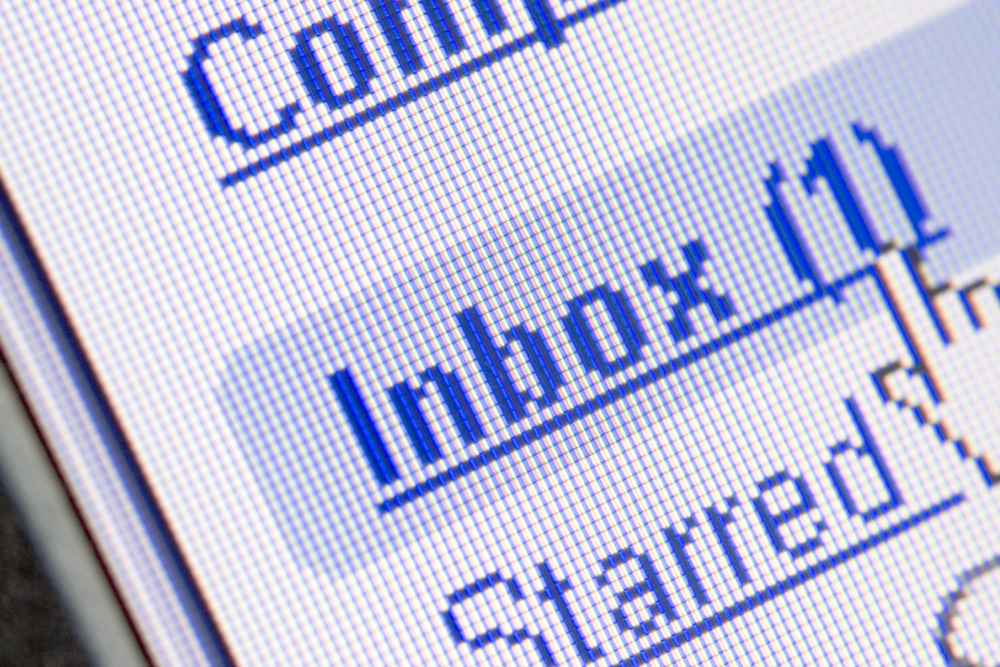High-volume email operations can offer tremendous ROI. But email only works if it actually reaches the customer’s inbox. Although most businesses achieve an 85% deliverability rate, the 15% of messages that fail to reach recipients represent a real loss of opportunity and revenue. This holds true whether your focus is email marketing, engagement, or customer service. The five best practices outlined below will help to ensure the best possible inbox rates and ROI your business deserves.
Build and maintain a good reputation with ISPs
Maintaining good relations with ISPs through a strong sending reputation is one of the most important concepts in deliverability. Every IP address and domain has a reputation based on factors such as history of hard bounces and spam complaints. Domains and IP addresses with a good reputation have a better delivery rate, so building and maintaining a good reputation should be central to the mission of your email operations.
Consider the following:
- Avoid sending risky content, especially on new IP addresses with unproven reputation
- Segment and mail your active subscribers to build a positive track record
- Monitor the inbox rates of your IPs to indentify emerging problems
- Watch out for deferral messages from your ISP, which can indicate impending blacklisting of your email
- Deploy email authentication standards including DMARC (Domain-based Message Authentication, Reporting and Conformance), SPF (Sender Policy Framework), and DKIM (Domain Key Identified Mail)
- Follow provisions of CAN-SPAM, a law in the U.S. that sets the standard in regulating commercial mail
Get permission
Email is more personal than TV, radio, and most other marketing channels. Consequently, it’s important to request permission to send emails to consumers.
There are two main forms of permission:
- Single opt-In: The user enters an email address in a Web form and checks a box agreeing to receive marketing emails, alerts, and other messages from the business.
- Double opt-In: The recipient must actively respond to a confirmation email sent after the form is filled out, either through a click in the email or by responding to the message itself.
Develop a strategy around frequency
Through the sign-up process or a preference center, ask customers how often they want to receive emails from your company. While respecting their wishes, also be aware of frequency strategies for different types of emails:
- Start slowly and monitor unsubscribe rates: Marketing emails typically look for action (e.g., click, purchase, register, etc). Higher frequency can increase these conversions, but after a point customers might feel harassed or start tuning out messages.
- Remember quality is more important than quantity: Engagement emails such as newsletters should be sent at regular intervals so customers know when to expect them. Again, be cautious as sending them too often can cause burnout.
- Let customers decide: For account alerts, activity notifications, and other customer service messages, let customers set their own preferences for messaging schedules.
Focus on relevance
The more relevant your emails, the more likely they’ll be welcomed by consumers. Consider the following best practices:
- Target the right audience: Use past purchases, traffic logs, on-site search, and other data to learn what your customers are most interested in and tailor content offers accordingly.
- Don’t be too broad: While some messages may be relevant for an entire list, most won’t be. Avoid the temptation to blanket the world with a single email in the name of efficiency. Sending multiple waves of targeted messages will be much more effective and better for your reputation.
- Send promotions: Don’t just tell customers about your latest products. Make it worth their while by offering a significant discount or package deal.
- Use a good subject line: Many customers won’t see more than the first few words, especially on mobile. Put the most relevant and targeted terms up-front, making the value to the customer immediately clear.
Incorporate branding strategy
Branding is one of the most important elements of email marketing. Every aspect of a company’s message (e.g., visual identity, voice, value proposition, etc.) should be consistent and compelling.
A common pitfall is using different systems or third-party providers for automated emails, and then failing to maintain a consistent look and feel across all email operations. This can create a confusing brand experience. By managing all messages through a single system, businesses will build a stronger connection with customers and make each email they receive feel part of a coherent, valuable relationship.
As part of your branding strategy, use your brand name in the “from” field that shows up in the recipient’s inbox. Some marketers use an individual’s name in the belief that it will seem more personal, but this can also make it seem like spam. If you do decide to use a name, use one that customers will expect to see and stick with it across all emails to build recognition and trust.
The potential value of ROI and email messaging is too important to leave to chance. Applying each of the best practices outlined above will help you achieve the highest possible inbox rates and help every message you send translate into a real bottom-line impact.
Kate Nowrouzi is director of product policy at Message Systems








